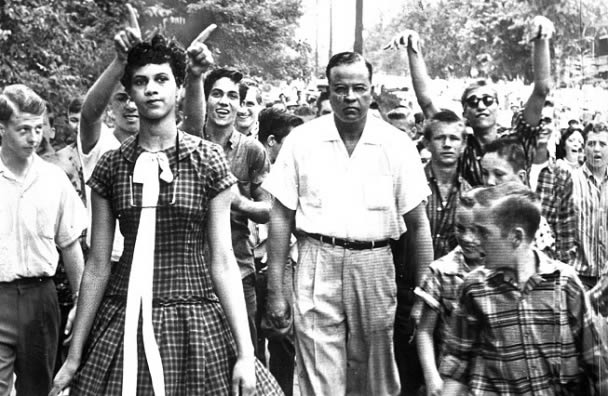There are many different input devices available for Arduinos. There are devices to measure pushing force, stretch force, distance, temperature, and much much more. By using some combination of these devices one can allow their Arduino to reach to physical changes in the environment.
Conductive rubber chord is an extremely interesting input device. Normally rubber isn’t conductive to electricity, but particular type has been carbon-black impregnated, meaning it can carry a current. As the chord stretches, its resistance increases. So by measuring the amount of voltage getting through the chord, one can tell how far the string is being stretched and incorporate this information into their Arduino programs.
Ultrasonic range finders use sonar like a bat or whale to find how far the nearest solid object is by detecting sound waves bouncing off of the surface of that object. Devices like this can be used to make a scary Halloween pumpkin that flashes and plays spooky sounds when children get near it.
This liquid flow meter could be used to make the Inebriater, which I posted about in my previous passion blog post. It works by measuring the rotation of a pinwheel enclosed within the sensor.
There are even liquid level sensors that measure how far a liquid comes up the sensor. I can imagine making a system that reminds you to buy more milk with something like this!
There are many more types of sensor on the market that perform a variety of unique, but useful functions. Perhaps I’ll acquire some of these senors over winter break and be able to make some really cool new projects.

